Gudi Padwa is a spring-time festival that marks the traditional new year for Marathi Hindus. It is a major festival for Maharashtra and Goa, and falls on the first day of the Chaitra month (First month of the year in Hindu Calendar fall in either March or April) to mark the beginning of the New year.
Gudi Padwa 2021 will be celebrated on Tuesday, 13 April, in India
The festival is observed with colorful floor decorations called rangoli, a special Gudhi flag (garlanded with flowers, mango, and Neem leaves, topped with upturned silver or copper vessel), street processions, dancing, and festive foods.
1. Gudi Padwa is the first day of Hindu New Year
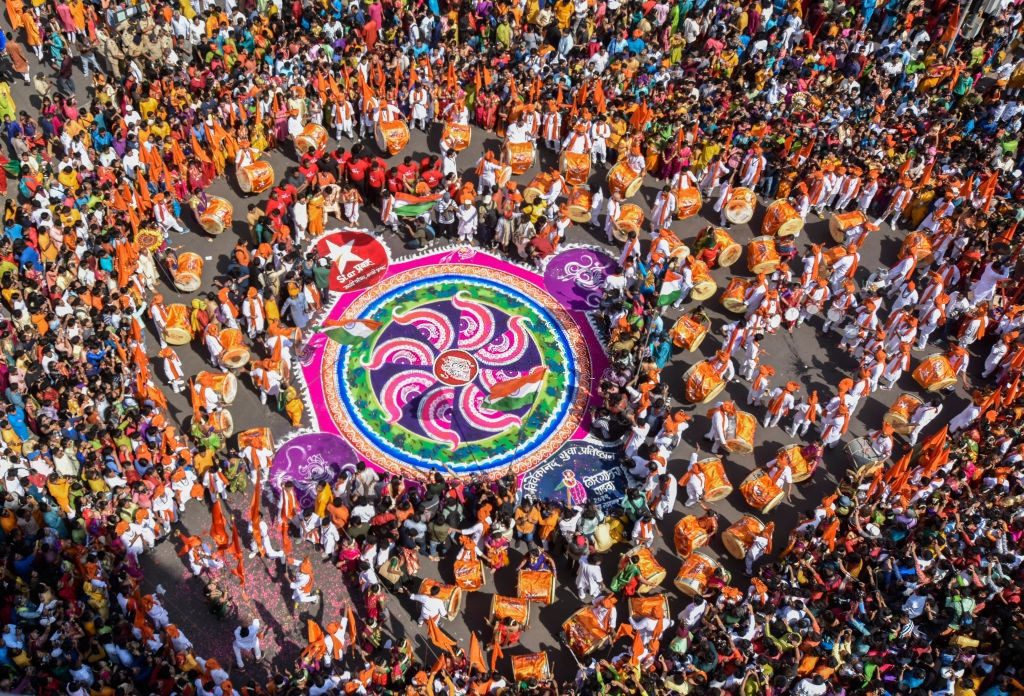
Gudi Padwa is the first day of Chaitra month that denotes the start of the New Year as per the lunisolar Hindu schedule.
It is Hindu’s first January or New Year. However, this is not the universal new year for all Hindus. For some, such as those in and near Gujarat, the new year festivities coincide with the five-day Diwali festival.
For many others, the new year falls on Vaisakhi between 13 and 15 April, according to the solar cycle part of the Hindu lunisolar calendar, and this is by far the most popular not only among Hindus of the Indian subcontinent but also among Buddhists and Hindus in many parts of southeast Asia. Keep reading for more interesting facts about Gudi Padwa.
2. Gudi Padwa is known by numerous names across the country

While Gudi Padwa is predominantly celebrated among the Maharashtrian folks, It has significance across India and with numerous names, for example, Samvatsar Padvo, Yugadi, Ugadi, Cheti Chand or and Navreh.
The Sindhi community in India celebrates this day as Cheti Chand, the new year and observed as the emergence day of Lord Jhulelaal. Prayers are offered to Lord Jhulelaal and the festival is celebrated by making delicacies like Tehri (sweet rice) and Saai Bhaaji (Palak made in dal)
It is likewise even celebrated in the North-East province of Manipur and is known as Sajibu Nongma Panba Cheiraoba.
The general population set up an assortment of cooking styles on this day and later climb an adjacent hillock at night.
3. Gudi Padwa represents the transition of two agricultural seasons

India has been primarily an agrarian culture where horticulture is the principal occupation.
Gudi Padwa is a standout among the most well known collecting celebrations of India that imprints end of one season and the start of another one.
4. Initiation of the Spring season
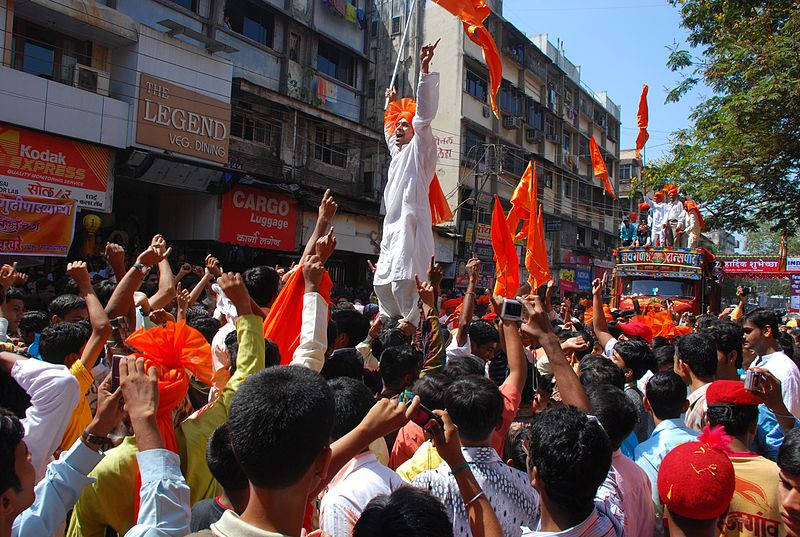
On this day the situation of the Sun is over the purpose of another crossing point of the equator, which as indicated by the Hindu date-book denotes the initiation of the Spring Season.
5. Celebrates annihilation of Ravana by Lord Ram
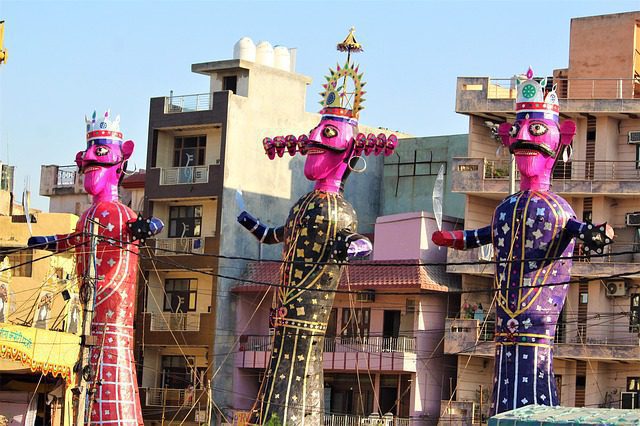
Fancifully, this day too commends the annihilation of Ravana in the hands of Lord Rama and his possible upbeat come back to Ayodhya.
The festival is also linked to the mythical day on which Hindu god Brahma created time and universe. According to Anne Feldhaus, in rural Maharashtra, the festival is linked to Shiva’s dance and coming together of the community as they carry the Gudhi Kavads together to a Shiva temple.
6. Chhatrapati Shivaji Maharaj began the tradition
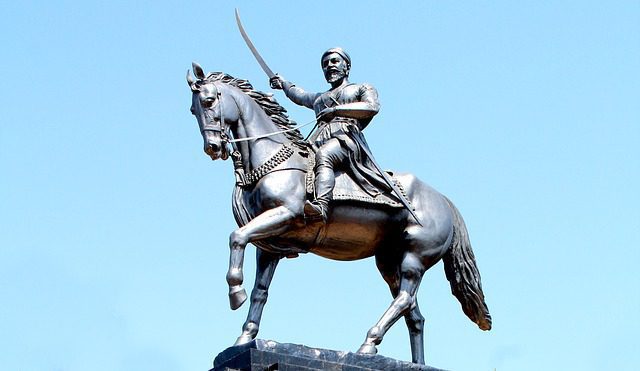
Maharashtra’s Great Warrior, Chhatrapati Shivaji Maharaj, was the individual who began the Gudi Padwa festivities after his triumph.
The convention of raising the Gudi was started by Shivaji and from that point on has been trailed by each Marathi family unit to welcome the New Year.
7. Gudi in itself is fascinating
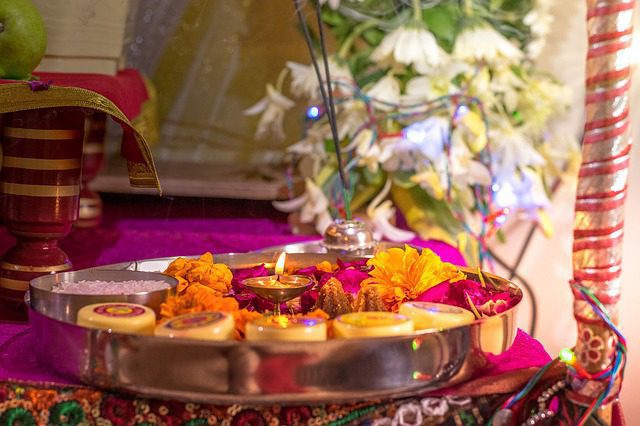
The Gudi from which the festival derives its name as Gudi Padwa is seen at the passageway of Maharashtrian families. So what is it?
A Gudi is a stick canvassed in a brilliant fabric enhanced with brocade or zari that has been finished with sugar precious stones, neem leaves, a twig of mango leaves and a festoon of red blooms.
This is secured by a silver or copper pot in an upset position. Gudi Padwa has Maharashtrian households place the Gudi at the entrance of their houses.
8. Purifying body and soul
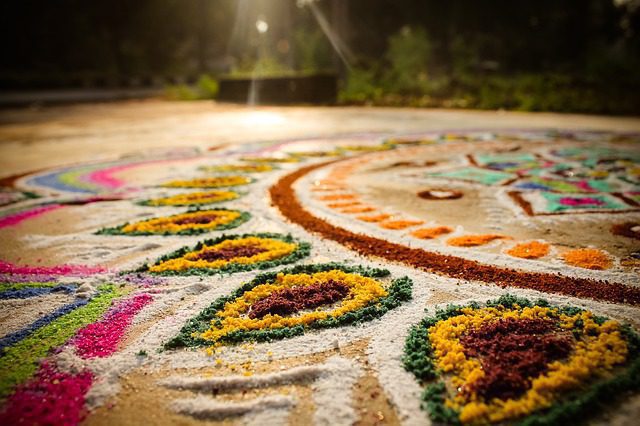
The merriment is seen by individuals taking part in spring cleaning and wearing new garments.
Families should start this day by eating clashing leaves of Neem tree or glue which is set up with neem leaves, jaggery, and tamarind.
The glue is accepted to purge blood and fortify the body’s resistant framework.
9. Sustenance and dishes
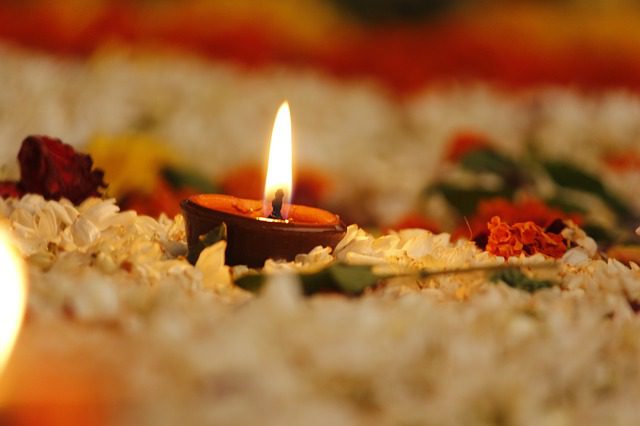
The customary Maharashtrian sustenance admission on this day comprises of Shrikhand and Puri and Puran Poli.
The Konkanis make Kanangachi Kheer which is a sweet dish made of sweet potato, coconut drain, jaggery, and rice.
10. An auspicious day for shopping

Purchasing gold, new vehicle or anything new is considered to expedite good fortune if done this day.



